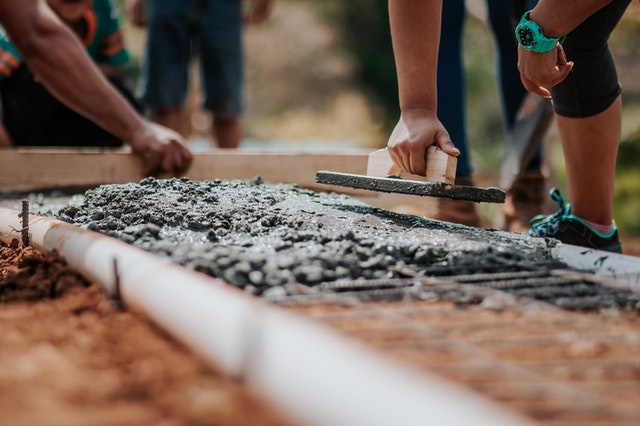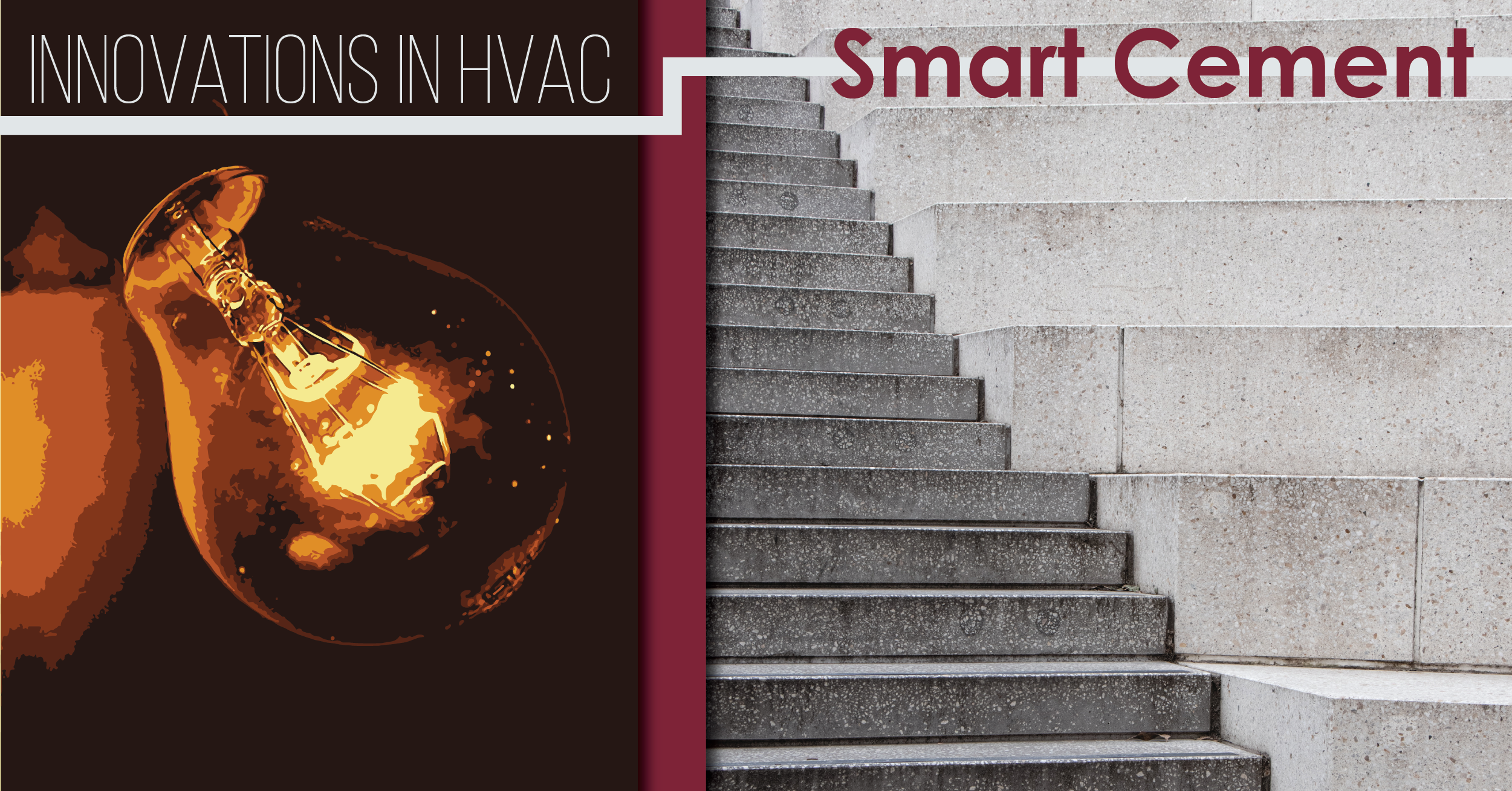Smart phones, smart thermostats, and smart lights. But what about smart concrete? Learn how emerging technologies are innovating construction.
As new technologies emerge, professionals and academics are looking for new ways to improve the construction industry. Modular construction and aerial drones are just a few innovations that are gaining traction, but there are other places that could use improvement. One such innovator, Ange-Therese Akono, is looking to improve building materials. For this study, she looked to improve cement.
Ange-Therese Akono is an assistant professor of civil and environmental engineering at the McCormick School of Engineering. She is a trained expert in fracture mechanics. For the study in question, Akono wanted to enhance the fracture response of cement. To start, she employed an enhanced method of material testing known as “scratch testing”, which involves pressing a conical probe against microscopic bits of cement. This new method allowed Akono to examine different materials at once, and in a fraction of the time required by the traditional light-based test method.
With the results from scratch testing, Akono was able to observe the materials behavior, determine how they crack, and predict their ability to resist fractures. These predictions would also allow engineers to change the composition of these materials to improve their longevity. Changes on a microscopic scale could improve the material on a larger scale. As part of the study, Akono’s team added graphene nanoplatelets to cement to improve its resistance to fractures.
This graphene additive could also improve the water transport properties of the cement, by reshaping the microscopic pores of the cement. By adding graphene, they found that cement was more resistant to fractures and water damage. With enough experimentation, scientists could develop a graphene-infused cement that is lighter and more durable than standard cement. These enhancements could be the future of construction. Have you heard of graphene before? Tell us what you think of this new nano-metal in the comments section.

City projects are on the rise and construction professionals are always looking for new ways to build tall, sturdy, long-lasting buildings. Even now, designers are considering carbon-based nanometals for use as smart cement-based sensors. These sensors could determine a building’s structural health and report any issues before the other tell-tale signs emerge. There is a bright future for construction materials.
Exciting, isn’t it? New improvements and building methods are in development right now that could shape the future of construction! Graphene-infused cement would require less maintenance over time, saving money on maintaining the material. Graphene-coated steel could greatly enhance the metal’s resistance to corrosion and water damage. What do you think? We know that skyscrapers and high-rise apartments could benefit from a sturdier steel and cement. Residential projects could benefit, too. Cement is a common material in practically every construction project.
Do you know of any improvements being made on your construction site? Are you designing new projects that use smart technology? How is the construction industry changing in your area? Tell us your stories in the comments below. We want to hear from you!
The MCDLG Newsstand consulted articles from Northwestern.edu and NewAtlas.com to learn about Dr. Akono’s work on smart cement. These articles can be found here:
Novel smart cement can be used to build more durable roads and cities
Durable concrete uses graphene particles to fend off water and cracks
.webp?width=91&height=70&name=MCDLG%20Logo%20(Resize).webp)





